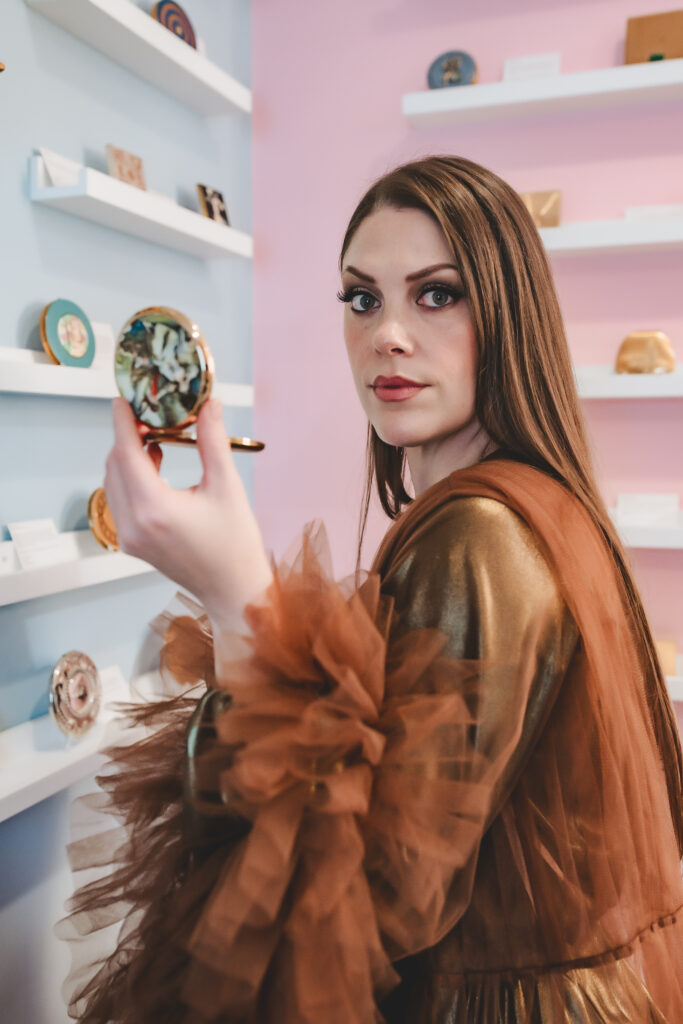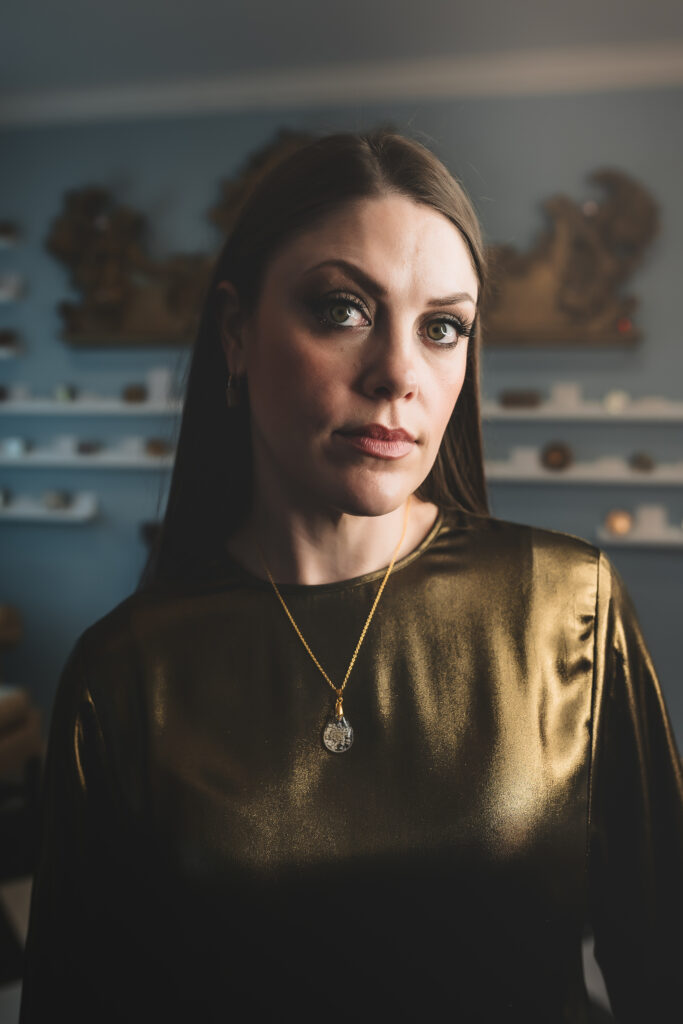Makeup, at its core, is an art form—a way of painting with pigments and textures to shape the face, much like classical artists shaped their subjects with oil and light. One of the most famous lighting techniques in portraiture is Rembrandt lighting, a style that creates depth and drama through a distinctive triangular highlight on the cheekbone. This technique doesn’t just belong to the world of photography and painting; it has a place in makeup artistry, too.
Understanding Rembrandt Lighting
Named after the Dutch master Rembrandt van Rijn, this lighting style is defined by strong directional light from one side of the face, leaving a small, illuminated triangle of light on the opposite cheek. This interplay of light and shadow enhances depth, structure, and a sense of realism in a portrait.

Makeup as Portraiture
Just as Rembrandt used contrast to sculpt his subjects, makeup artists use highlights and shadows to enhance facial structure. Rather than following generic contouring trends, we can take cues from classical portraiture to refine the way we place product on the face.
- Light Placement (Highlights): Just like in Rembrandt’s paintings, light is intentional. Strategic placement of highlighter on the high points of the face—the tops of cheekbones, bridge of the nose, and brow bone—mimics how natural light would hit the face in a classically lit portrait.
- Shadow Placement (Contour): Contour isn’t about changing the face, but about enhancing its natural structure. By subtly shading the hollows of the cheeks, jawline, and sides of the nose, makeup artists can create a sculpted yet effortless look, echoing the depth seen in Rembrandt’s work.
Soft vs. Harsh Light: How Lighting Affects Makeup
Just as different lighting setups impact a portrait, they also affect how makeup appears in real life.
- Soft, diffused light (like a cloudy day or a ring light) creates an even, flattering glow, minimizing texture.
- Directional lighting (like Rembrandt’s style) emphasizes contrast, enhancing structure but also revealing texture.
Understanding these principles helps with makeup application—whether it’s adjusting placement for different lighting scenarios or choosing products that enhance rather than mask natural features.

A Timeless Approach to Beauty
Beauty trends come and go, but the fundamentals of light and shadow remain constant. Whether painting a canvas or a face, the principles of Rembrandt lighting remind us that beauty is about sculpting with intention, creating depth, and embracing the art of subtle transformation.
Photos: Imagine Images Photo
